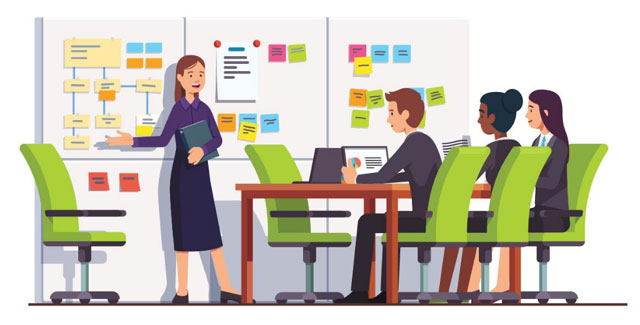September 15, 2025
It is worth pausing to reflect on how the role of teachers is evolving—especially in engineering, where technology is advancing at a breath-taking pace. The classroom is not what it used to be. Once defined by chalk and blackboards, later by PowerPoint and projectors, it is now being reshaped by Artificial Intelligence (AI) and its powerful cousin, Generative AI. These technologies are not just changing what students learn, but how they learn—and forcing a paradigm shift of what it means to be a teacher in engineering.

From Knowledge Providers to right AI Prompt Guides
Traditionally, engineering education revolved around structured lectures, problem-solving exercises, and hands-on sessions(labs). Teachers were the central source of knowledge, guiding students step by step through complex equations and design principles. Today, AI tools can do much of that on their own. Need to debug a code? An AI assistant can fix it instantly. Want to design a bridge model? Generative AI can produce multiple prototypes in minutes. If machines can already provide the “answers,” then what is left for the teacher to do? “Teachers are no longer the fountain of knowledge,” observes a senior engineering professor. “Our job now is to help students ask the right questions or input the right prompts—and to teach them how to analyse critically about the answers that machines give.”
Tech-Mentorship in the AI Era
This shift is transforming teachers into Tech-mentors and Tech-trainers. Their task is to ensure students do not passively accept what AI produces but instead learn to evaluate, verify, and improve upon it. The real challenge is to make students curious investigators rather than passive consumers of technology. For instance, if a generative model suggests three possible designs for a mechanical component, the teacher’s role is to guide students in analysing which design is sustainable, cost-effective, and ethically responsible. In this sense, teachers become catalysts for deeper learning—focusing not on content delivery, but on cultivating judgment, creativity, and ethical responsibility.
Teachers and Technology: Partners, Not Competitors
Ironically, the very technology that seems to threaten traditional teaching may actually strengthen it. AI can handle routine tasks such as grading, preparing personalized quizzes, or running simulations, giving teachers more time to focus on meaningful interaction with students. In classrooms, adaptive AI platforms can track how quickly a student grasps a concept and recommend additional exercises or resources. For teachers, this data is invaluable—it allows them to identify slow learners earlier and provide targeted support. But to use AI effectively, teachers must upskill themselves. Data literacy, computational thinking, and an understanding of AI tools are no longer optional extras; they are part of the educator’s upskilling bucket list.
Ethics, Values, and Human Touch
Perhaps the most critical responsibility for teachers in this new landscape is to play a role of ethical ombudsman. AI-driven engineering raises big questions: Who is accountable if an AI-designed system fails? How do we ensure fairness in AI-driven decision-making? How do we balance innovation with sustainability? These are not questions that machines can answer on their own. They require human wisdom, context, and judgment. Teachers, therefore, must ensure that future engineers are not just technically skilled, but also socially responsible and ethically aware.
A Redefined Role, Not a Replaced One
Far from being replaced by AI, teachers are being redefined. They are shifting from being providers of information/knowledge to Tech-Mentors for managing intelligence—both human and artificial. This is not an easy transition, but it is an exciting one. Engineering educators must embrace a dual mission: to harness AI’s potential in enhancing learning, while also preparing students to work responsibly in a world where AI is omnipresent. In doing so, they ensure that the next generation of engineers will not just use AI technology, but shape it for efficient and sustainable solutions.